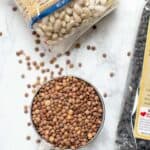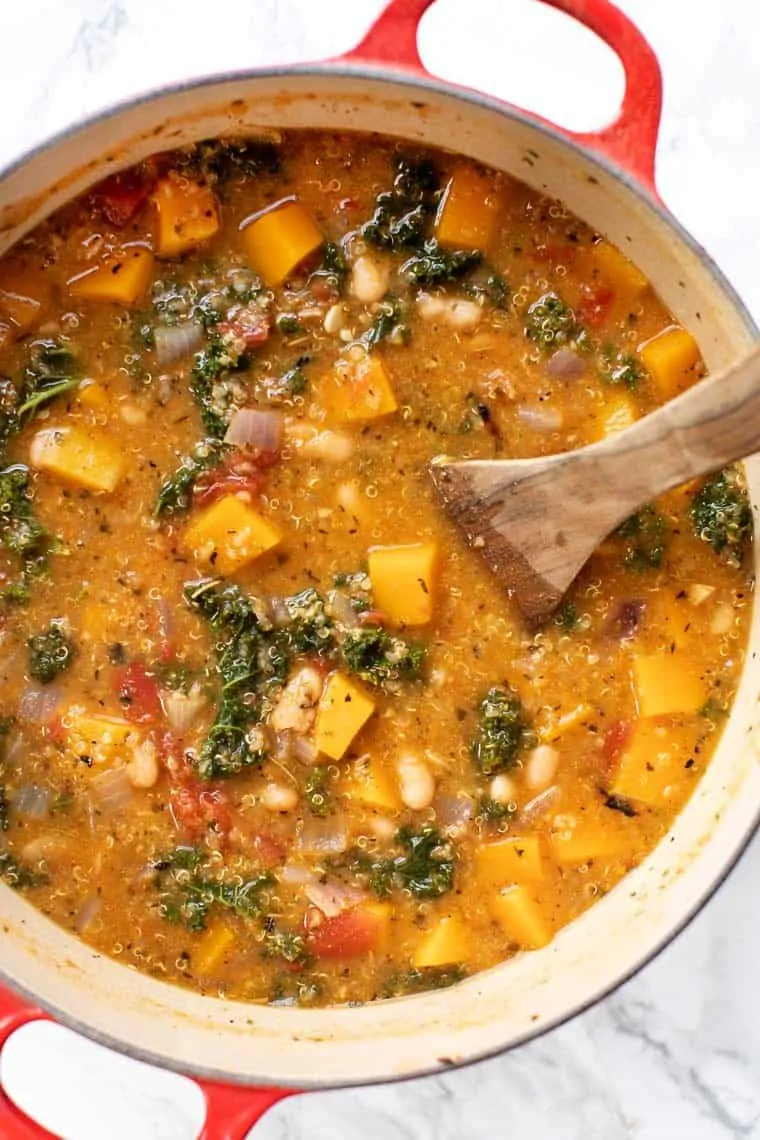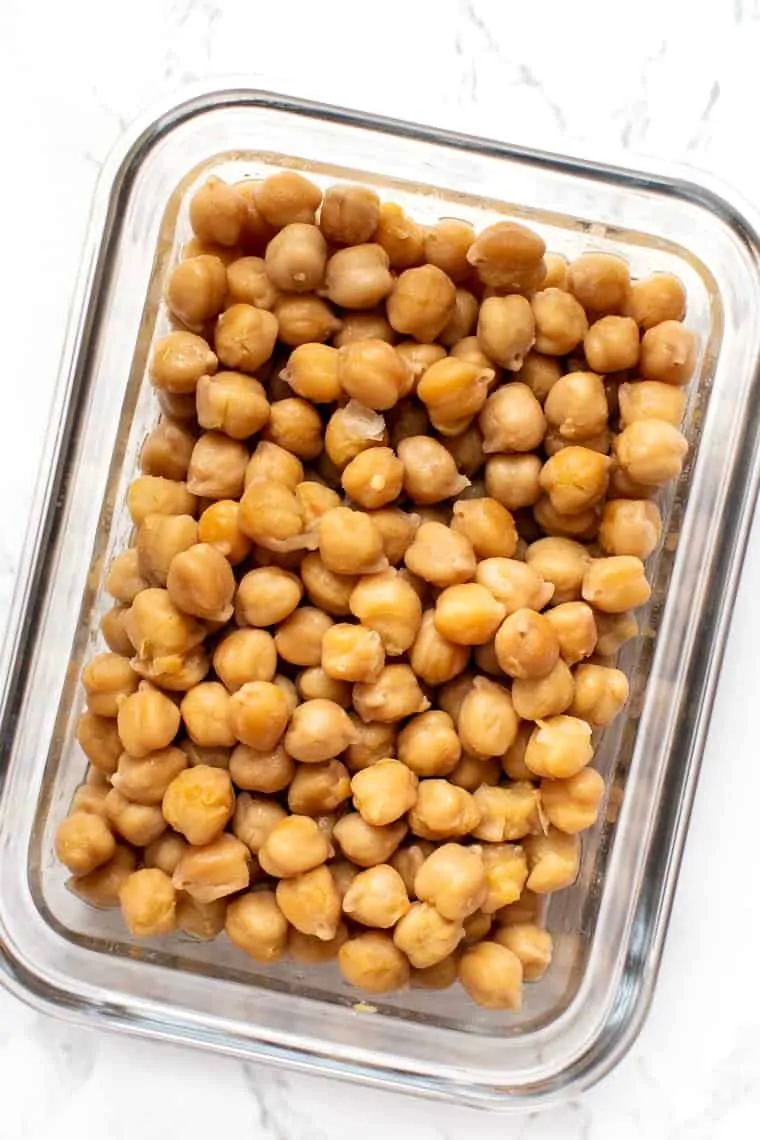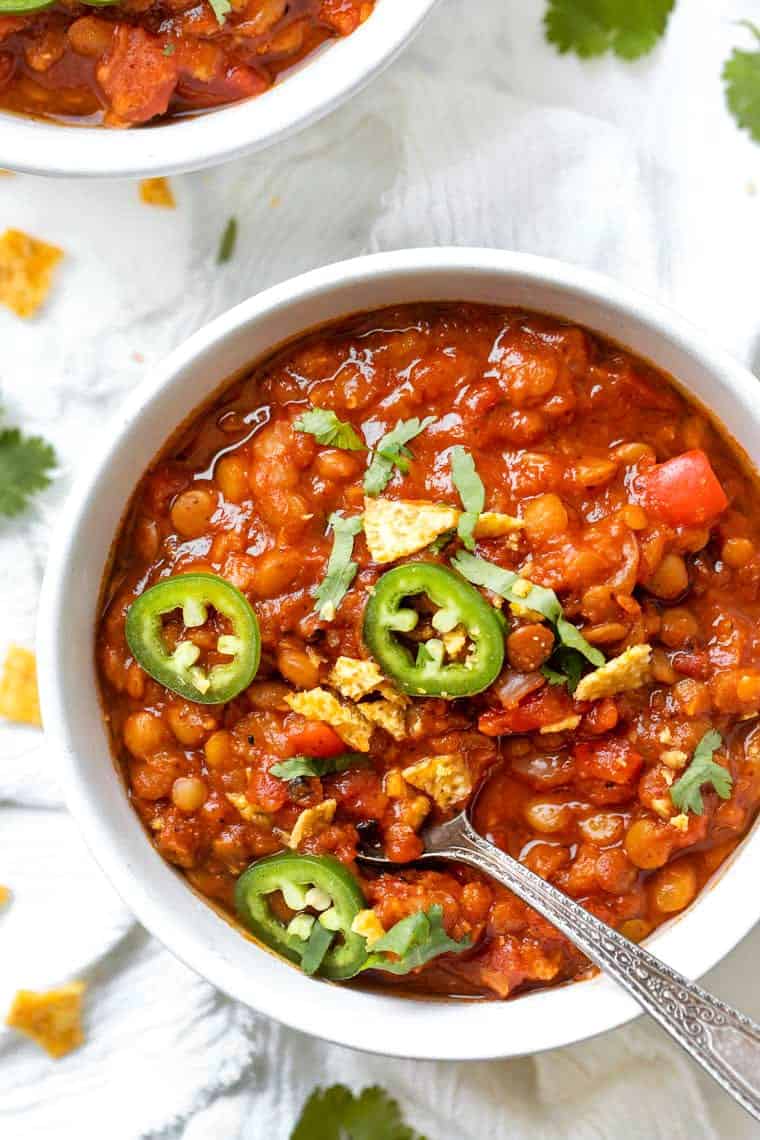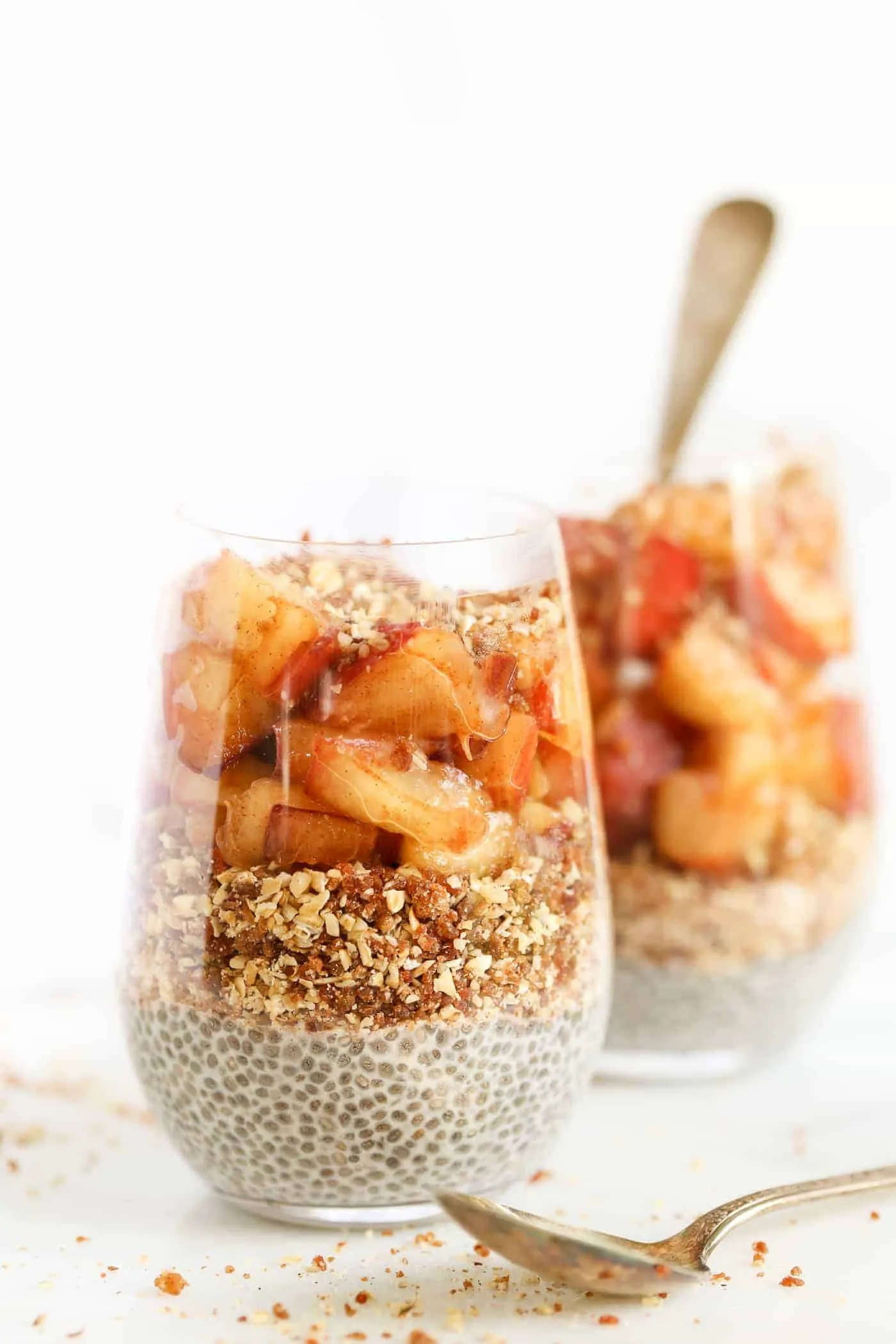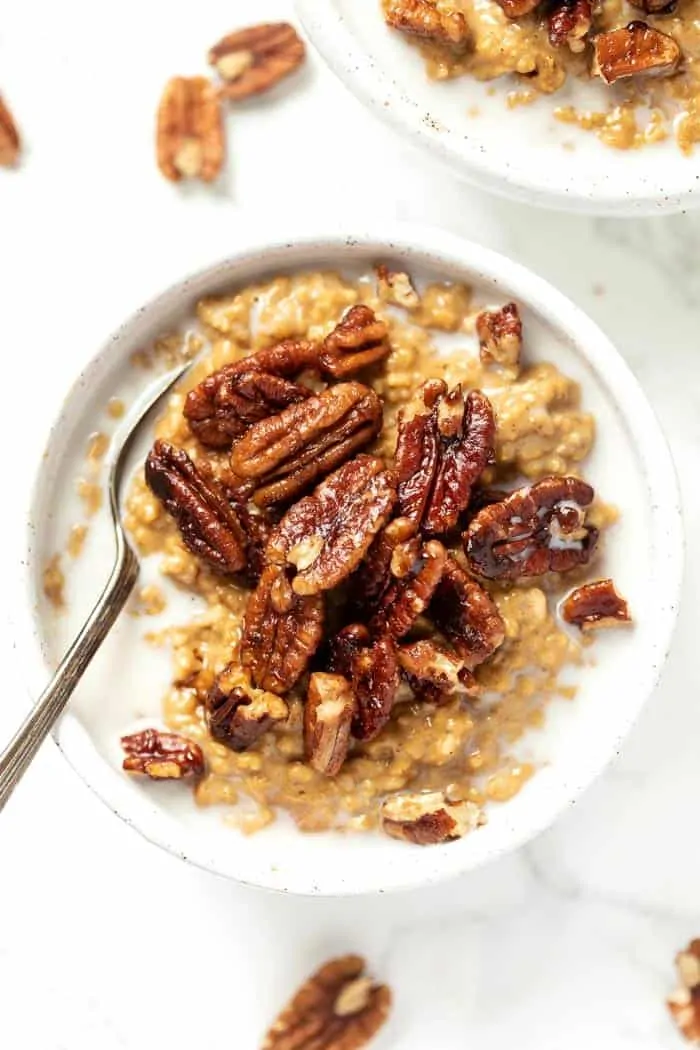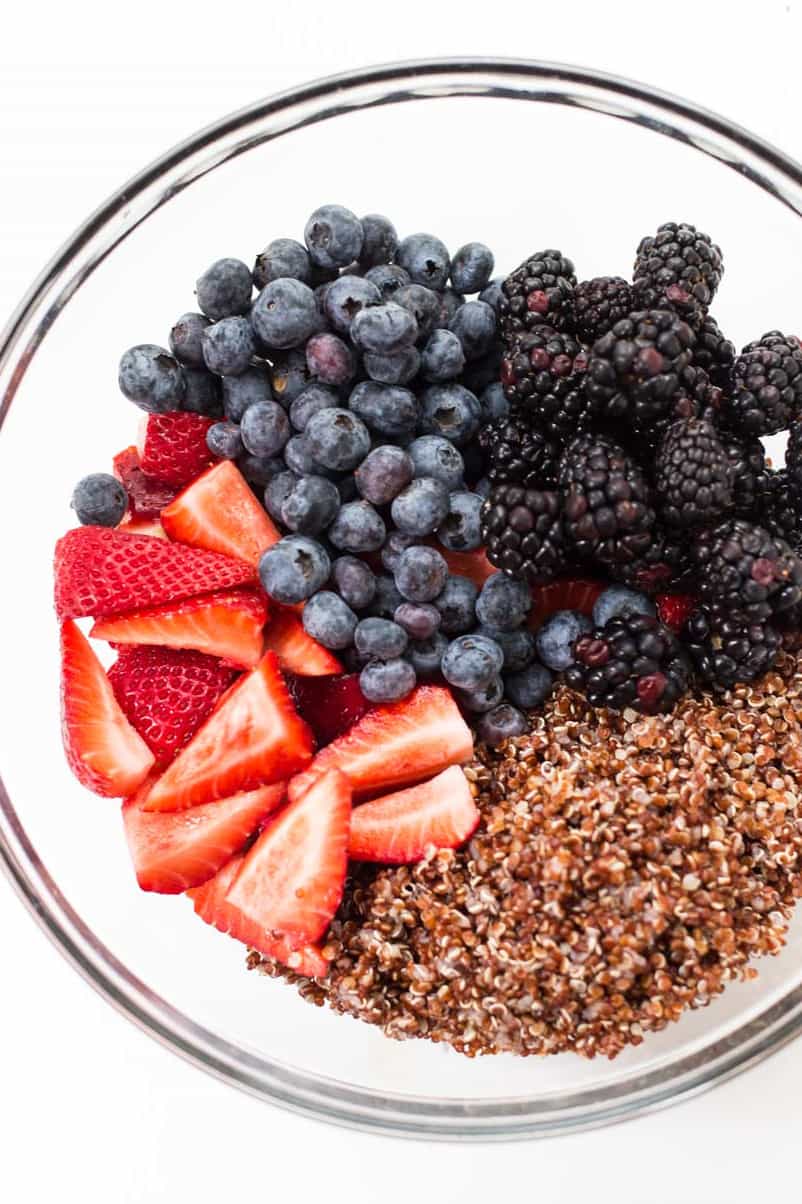Ever wondered how to get more fiber? Here's how! See why fiber is important for health, how to get more fiber into your diet and the best sources of fiber.
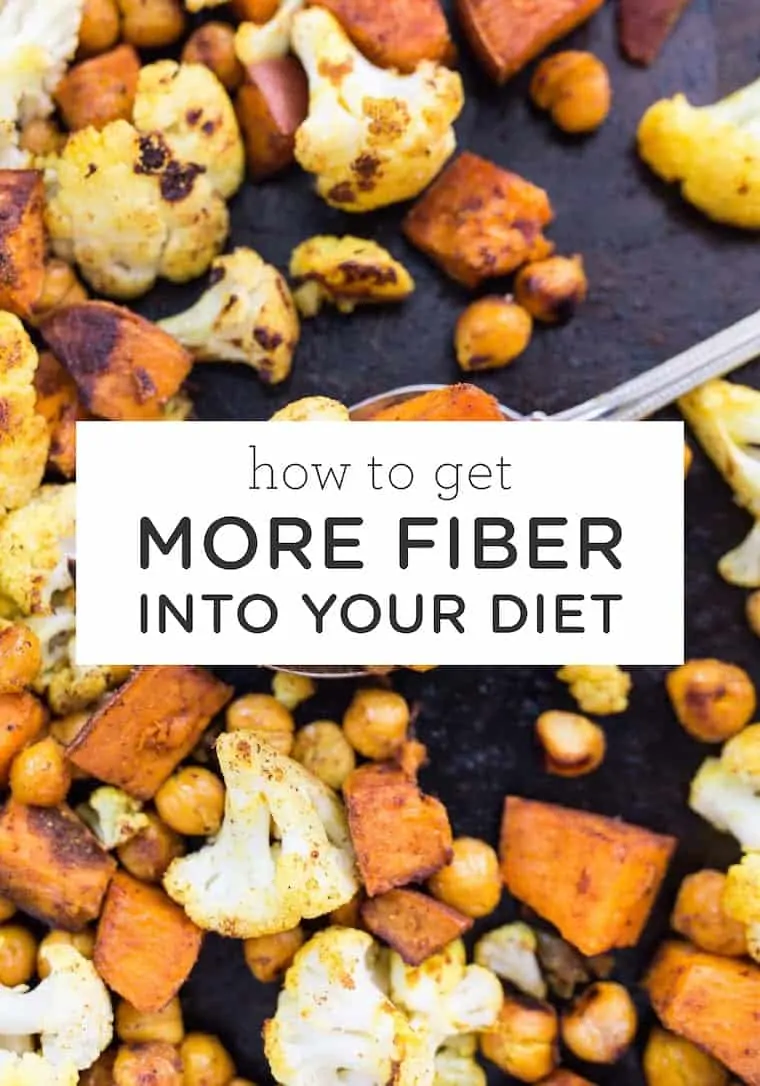
We're back with another nutrition article and this time we're talking all about fiber! Fiber is one of those things I talk a lot about in my masterclasses, but we haven't gotten down and dirty with it here on the blog.
So think of today's article as a kind of Fiber 101. A who, what, why, where and how style thing.
We'll be talking about what fiber is, why fiber is important, the best sources of fiber, how to get more fiber into your and how much fiber is recommended per person. Fiber is a pillar to health and super important part of our diet, so let's just go ahead and dive in!
What is Fiber?
Fiber exclusively comes from plants. Unlike animals, which have bones and muscles for structure, fiber provides the structure for plants. Fiber is broken down into two categories: soluble and insoluble fiber. Both forms are carbohydrates, but unlike other forms of carbohydrates, fiber can't be broken down and absorbed in the digestive system.
Most plants contain both forms of fiber, but usually, are richer in one over the other. The easiest way to tell them apart is this:
- Soluble fiber dissolves in water and turns into a gel in the digestive system
- Insoluble fiber doesn't, but when broken down it attracts water and helps soften the stool
Foods that are high in soluble fiber include oats, peas, beans, apples, citrus, carrots, psyllium, and more. Foods that are high in insoluble fiber include wheat bran, nuts, beans, cruciferous veggies, potatoes, and more.
Why is Fiber Important?
We've chatted before about how fiber can help keep you regular, but fiber has also been shown to help lower cholesterol, help stabilize blood sugar, aid in weight loss (by keeping you full and regular), and even help with longevity and disease prevention.
In terms of our digestion, because fiber can't be broken down, it slows digestion and adds bulk to your stool which helps make it easier to pass and eliminate. And proper elimination is what we all need to be striving for ????
In addition to be amazing for digestion, here are some other benefits of fiber:
- helps you maintain a healthy weight
- regulates your blood sugar
- lowers the risk of certain cancers including breast and colon
- lowers the risk of developing diabetes
- helps control hypertension
Along with all the other incredible benefits I mentioned above!
How Much Fiber Do You Need?
According to the Institute of Medicine, the daily requirements depend on gender and age. Here's how those recommendations break down:
- Women 19 – 50: 25 grams
- Women 50+: 21 grams
- Men 19 – 50: 38 grams
- Men 50+: 30 grams
But here's the thing, most of us aren't getting enough fiber! Americans eat an average of 10 – 15 grams of fiber per day. That's way below the recommended rate is could be part of the reason why we see so much obesity, heart disease and diabetes in this country.
They've actually found that countries with the most processed foods and highest animal consumption eat the least amount of fiber (hello, United States!). Countries with the opposite, eat the most amount of fiber. In some African countries for example, daily fiber intake can be upwards of 75 grams!
Best Sources of Fiber
Now that we know we need to work on getting more fiber into our diet, let's chat about the best sources of fiber to give you some ideas. In the next section I'll be giving you specific ideas for ways to add more fiber to your diet, but for now, let's just look at the individual ingredients.
- Beans: 10 – 13g per cup (cooked)
- Avocado: 5g per 1/2
- Berries: 5 – 8g per cup
- Artichokes: 10g per artichoke
- Lentils & Split Peas: 15g per cup (cooked)
- Quinoa: 5g per cup (cooked)
- Oats: 4g per cup (cooked)
- Popcorn: 4g for 3 cups popped
- Almonds: 4.5g per 1/4 cup
- Chia Seeds: 10g per 2 tablespoons
And then there are also all the other whole grains, fruits, and veggies! Bottom line: if you're eating a whole food, plant-based diet, you're on the right track!
How to Get More Fiber in Your Diet
Worried you're not getting in enough fiber? The first thing I recommend you do is to track your macros for a day or two. Use an online calculator like My Fitness Pal to track what you're eating to see how much fiber you're getting.
If you're already plant-based you might be surprised that you're getting in enough as is! If after those two days you notice that you're not getting enough fiber, here are some easy ways to add more fiber into your diet:
- Add chia seeds to your smoothies
- Make a fiber-rich salad with beans, avocado, quinoa and greens
- Snack on some almonds or popcorn
- Add some artichoke hearts into your pasta or on your pizza
- Sprinkle sliced almonds on your oatmeal
- Make some overnight oats with chia seeds, berries, and oats
- Eat quinoa for breakfast!
And the list goes on and on! Use the list above as a reference and think about incorporating at least one of those high fiber foods into your diet every day. Once you've made adjustments, track your macros again and see how much fiber you're now getting in! I think you'll be pleasantly surprised by the results ????
Got Fiber-Related Questions?
If so, drop them in the comments! I'm planning to talk more about fiber in the coming weeks, so expect to see some recipe round up content as well as a more in-depth list of the best high fiber foods.
